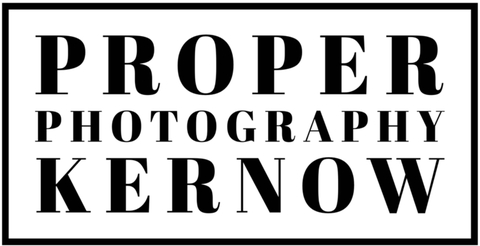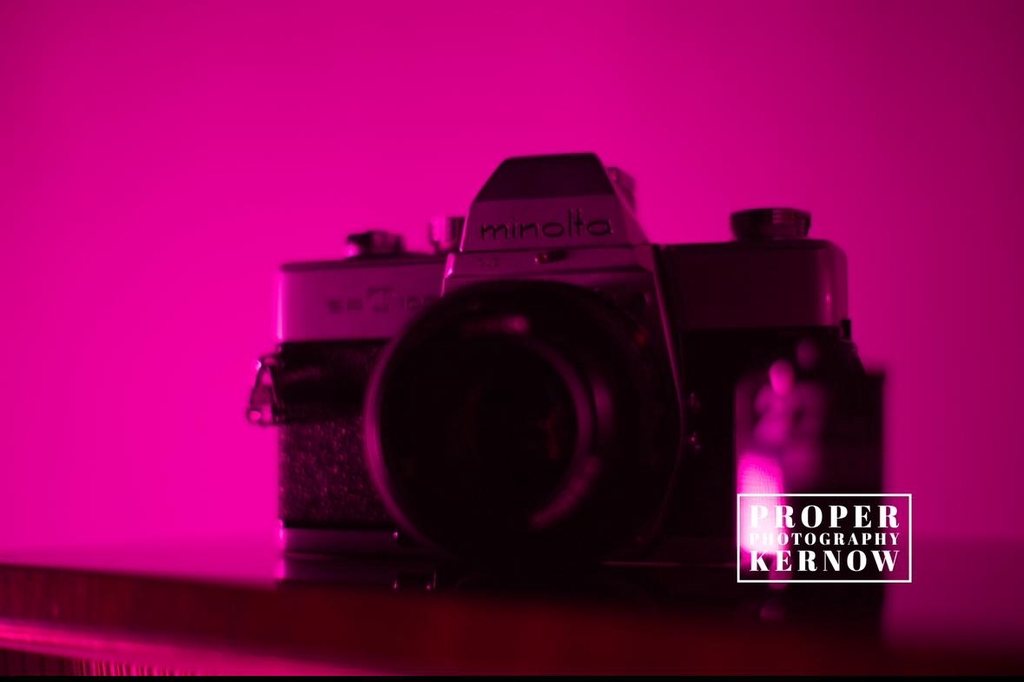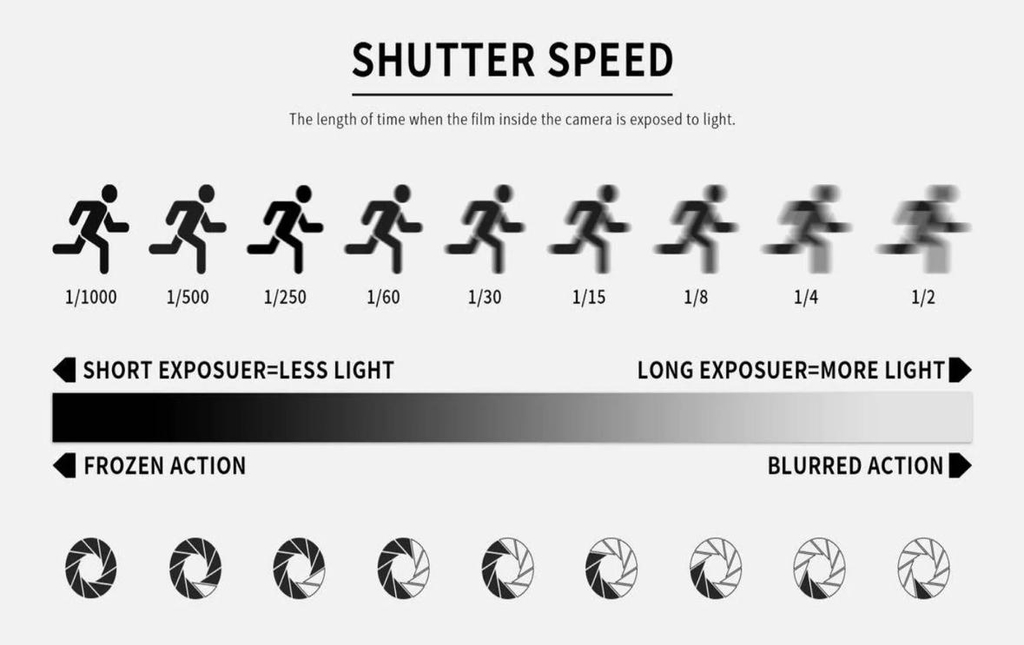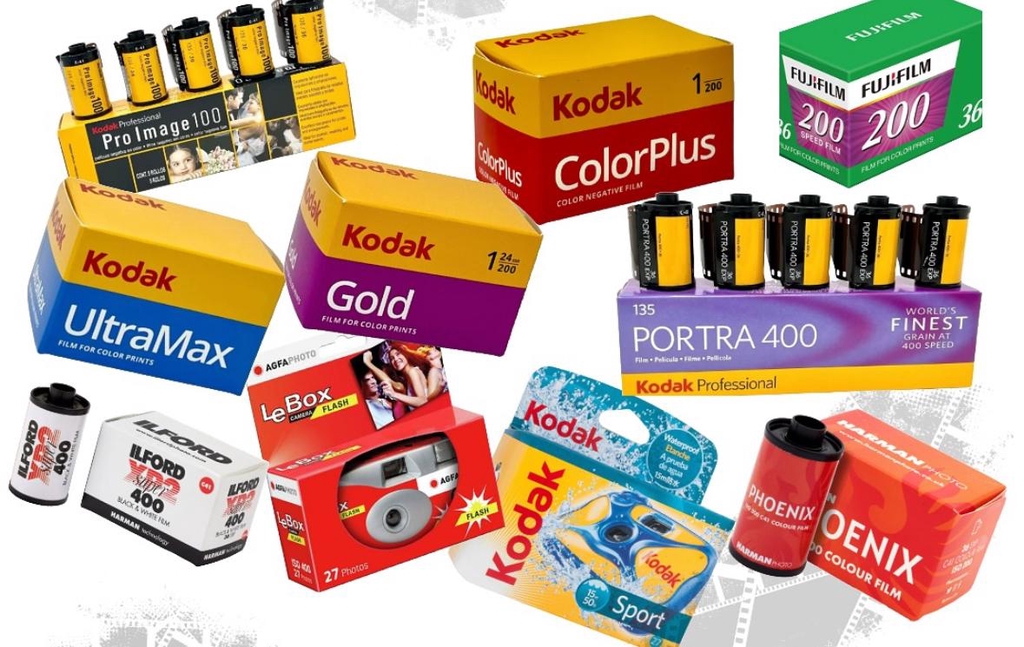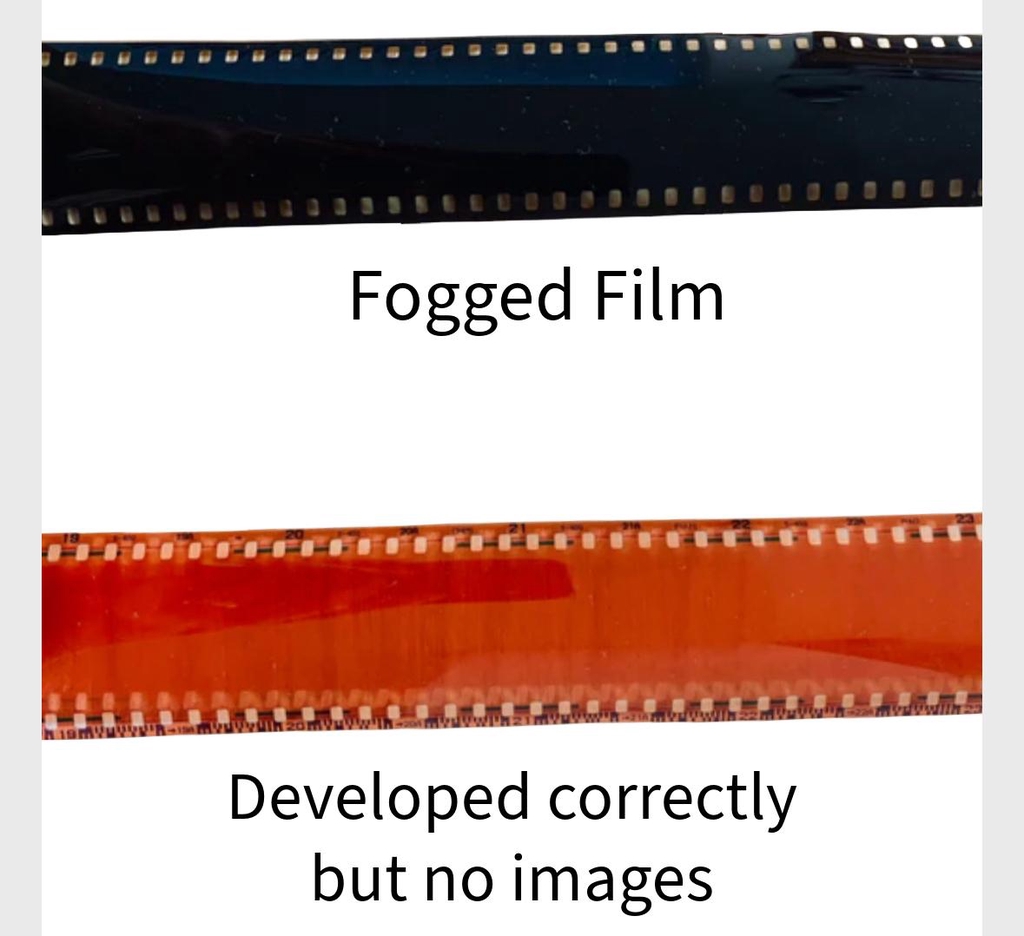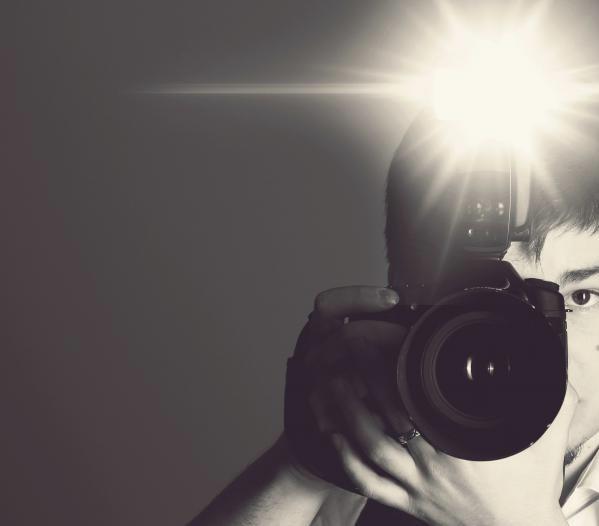What is a Negative / roll of film ?
It is a strip of photographic film used in analog photography and filmmaking. The film measures 35mm in width, which is where it gets its name. When exposed to light in a camera, the film captures an image as a “Negative”, meaning that the colours and light values are inverted.
Here are the key features of a 35mm film negative:
1.”Negative Image”: The image on the film is inverted, so light areas appear dark, and dark areas appear light. When printed or scanned, this inversion is corrected to produce the final positive image.
2. “Perforations”: Along the edges of the film strip, there are small holes called perforations. These are used to advance the film through a camera or projector.
3. “Frames”: Each film strip contains a series of individual frames, each representing a single photo or a still frame in a movie (if it's motion picture film). Each frame is typically 24mm x 36mm in size for still photography.
4. : The film can be either black and white or colour, and it comes in different sensitivity levels (ISO), affecting how well it captures images in different lighting conditions.
What is a blank roll ?
A roll that is completely clear, not even with faint images. It only shows the imprint from the manufacturer along the edge (such as, Kodak 200). Those markings get developed with the images and if you can see them then the film was properly developed
underexposed film
Is a negative that has very faint images or no images at all these are not scannable or printable. Here is the causes to high shutter speed, under exposed, camera problem, or actually no light. Disposable cameras can often show this.
Don’t let getting a blank roll back discourage you though because I bet you that any film user you talk to has had a roll come out blank before. It is one of the risks taken when shooting film, but don’t let it stop you from taking more film photos.We are always happy to help with your camera we can check it over or how to load it just pop in !
